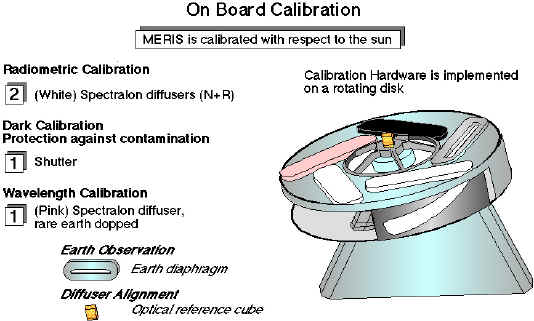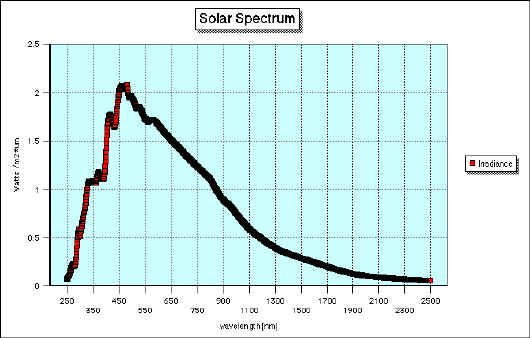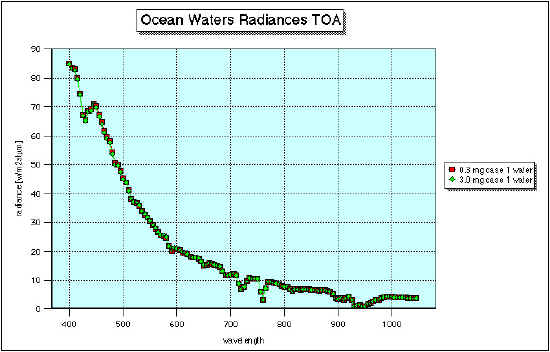MERIS Cal/Val
The MERIS calibration and validation activities are summarised in the overall Envisat Cal/Val Plan.
MERIS instrument calibration was comprehensively documented in the publication by Bourg and Delwart.
The "Overview of the Envisat MERIS and AATSR data quality, calibration and validation program" was given by Philippe Goryl and Jean-Paul Huot at the Geoscience and Remote Sensing Symposium, 2003. IGARSS '03.
Visit the CEOS Cal/Val portal for more details on MERIS calibration and validation.
Validation activities
During preparation of MERIS, Commissioning Phase and throughout the lifetime of MERIS, the MERIS and AATSR Validation Team (MAVT, later referred to as MERIS Validation TEAM, MVT) undertook field campaigns, algorithm studies, product validation and gave recommendations for product improvements. Important events of the MVT were:
- MAVT workshop 2003 (no online material available)
- MVT Intercalibration Exercise 2008
- MVT workshop 2009 (Faro, Portugal)
- MVT workshop 2011 (Lisbon, Portugal):
- Icely_Validation-Sagres-MVT-Oct 2011
- Barker_MERMAIDEvolution-Bandshift-Chla_MVT-Oct11
- Ansko_TriOS-Straylight-Characterisation_MVT-Oct11
- Canuti_HIP_III_EC_MVT-Oct11
- Dekker_CSIRO_MVT-Oct11
- Dalimonte_Validation-MERIS-Products-EuropeanBasins_MVT-Oct11
- Huot_MVT-Intro_MVT-Oct11
- Jaccard_NIVA_TRIOS_Transects-MVT-Oct11
- Ligi_WISP_MVT-Oct11
- Mazeran_MERMAID_Evolution_MVT-Oct11
- MVT_2011_Agenda
- Moore_Rig_MVT-Oct11
- Moore_ICOL_MVT-Oct11
- Moore_Tank_MVT-Oct11
- Ramon-Polymer_MVT-Oct11
- Sorensen_NIVA_intercomparison Chla_final_MVT-Oct11
- MVT workshop 2012 (ESRIN, Italy):
- ORAQUA_overview_v1
- MVT_12Mar12_ESRIN_AGENDA
- MVT_23Mar12_ESRIN_Skydome_Correction
- MVT_23Mar12_ESRIN_ORAQUA
- MVT_23Mar12_ESRIN_Chl_Sagres
- MVT_23Mar12_ESRIN_Adaptive_SIOPs_complex-waters
- MVT_23Mar12_ESRIN_tank
- MVT_23Mar12_ESRIN_cal_gfmc
- MVT_23Mar12_ESRIN_bpac
- MVT_23Mar12_ESRIN_MERMAID
- MVT_23Mar12_ESRIN_Bio-Optical_Algorithms
- MVT_23Mar12_ESRIN_Chl-IOPs_in_MERMAID
- MVT workshop 2014 (Sopot, Poland) (no online material available)
Calibration modes
MERIS had two observation calibration modes. "on board" and "on ground." The first one generated calibration values which were used by the full processed observation mode before being "sent to ground" the other was only "sent to ground."
There were three types of calibration and associated operational scenarios. Radiometric calibration was performed every two weeks using Diffuser 1. A monitoring of the degradation of the BRDF of Diffuser 1 was performed every three months by deploying Diffuser 2 and comparing the results.
Spectrometric calibration was performed every three months by first performing a radiometric calibration with appropriate band settings for the spectral calibration under consideration, and deploying the erbium-doped diffuser with the same band settings on a second orbit. Two erbium spectral absorption features were used, one in the green and one in the near infrared.
On Board Calibration Hardware

One of the most severe requirements on MERIS was posed by calibration. A very accurate band to band calibration relative to the solar spectral irradiance was required for ocean colour applications. The imaging principle of MERIS imposed, in addition, a need for detector elements to be accurately normalised.
The basic hardware requirements for an on-board calibration system offering both a uniform reference signal over a large field of view and a stable absolute spectral reference signal has led to the preferred solution which utilised diffuser plates illuminated by the Sun.
The calibration hardware was implemented on a selection disk. A stepper motor allows the selection of any of the five positions of the disk as required by the instrument mission requirements:
Earth observation
A diaphragm was introduced in the field of view.
Radiometric gain calibration
A Sun illuminated white diffuser plate was inserted into the field of view of MERIS at the cross over point of the five cameras' fields of view. The diffuser provided a reflectance standard across the entire spectral range and field of view. In this way a full aperture instrument calibration which follows the same optical path as in the observation modes was realised. During the calibration the signal was recorded for 512 frames. Each frame was corrected for offset and smear components. The averaged signal was then divided by the BRDF of the diffuser obtained from on ground characterisation and stored on board, yielding the absolute radiometric gains. If the on ground calibration mode had been selected the on board processing was limited to the averaging over the 512 frames. The gain coefficients were calculated on ground.
Diffuser degradation monitoring
The radiometric diffuser was exposed to the sun for a cumulated period of about one hour during the MERIS lifetime. Some limited degradation caused by radiation exposure could be expected. A second diffuser was therefore provided to evaluate changes in the BRDF of the commonly used diffuser. This diffuser was used infrequently and will thus would not degrade as quickly as the first diffuser. The aging of the radiometric diffuser was monitored by comparing the data acquired with both diffusers.
Spectral calibration
This was achieved by using the wavelength diffuser featuring well characterised absorption minima. MERIS was reprogrammed to sample adequately the absorption features. As a result, one obtained the spectral distribution law which relates spectral band to their wavelengths.
Dark calibration
The Earth and Sun optical paths a=were blocked by a shutter.
Following extensive environmental tests, SpectralonTM was selected as the diffuser material. Diffusers manufactured with this material offered the required uniformity over the field of view and a remarkable stability. A diffuser plate doped with a rare earth oxide was used for the spectral calibration.
The on board calibration sequence calculated the calibration coefficients for all FR pixels of the 15 spectral bands, stored them on board for further use during full processed observation mode.
Sun-based calibration
The reference for the absolute calibration was based on an assumed solar irradiance at the time of the calibration. The radiance was adjusted from this reference by applying a seasonal scaling formula.

Typical spectral radiances


Radiometric calibration
The radiometric calibration was performed at the south orbital pole where a Spectralon diffuser was allowed to be illuminated by the Sun.